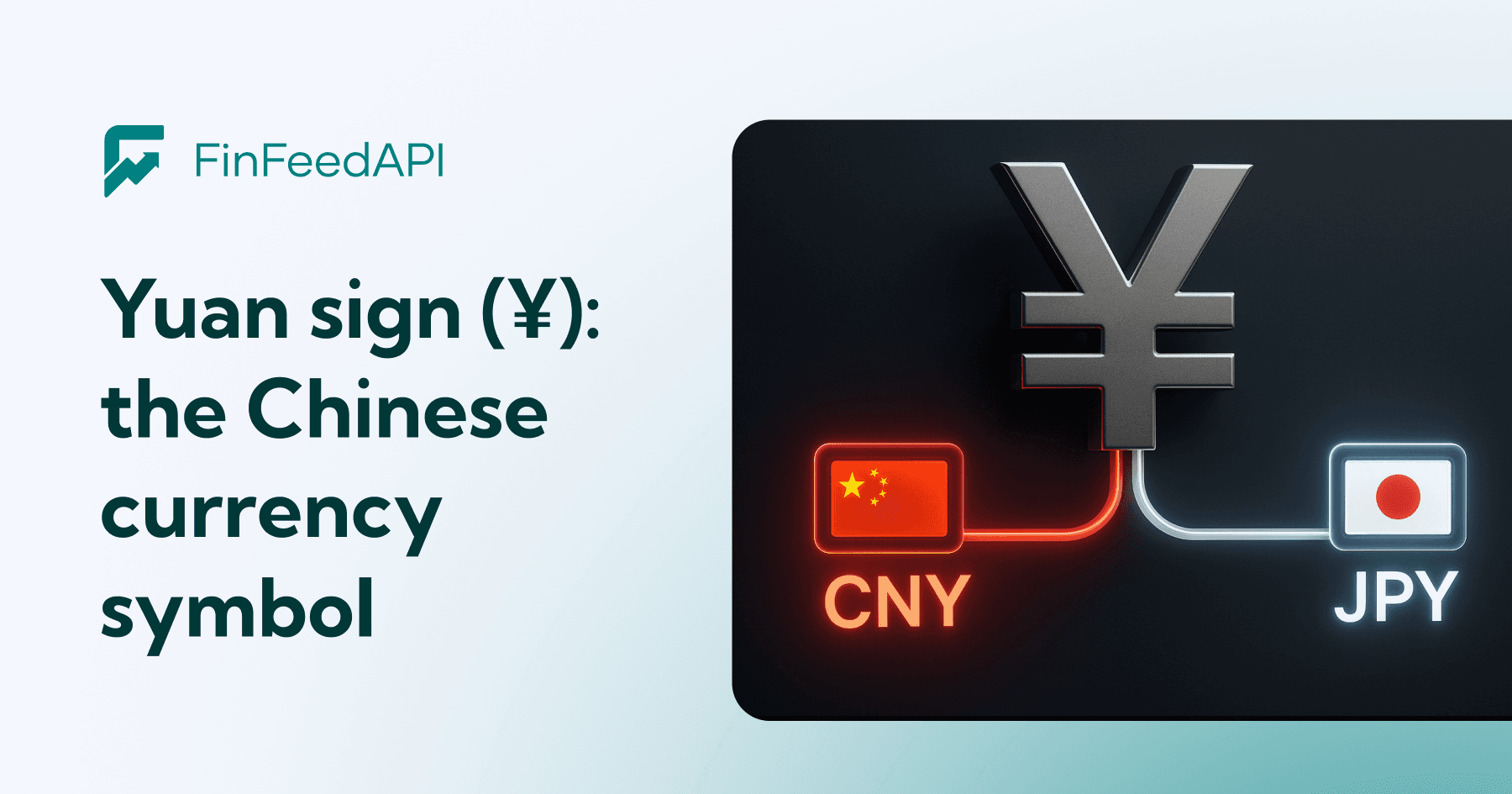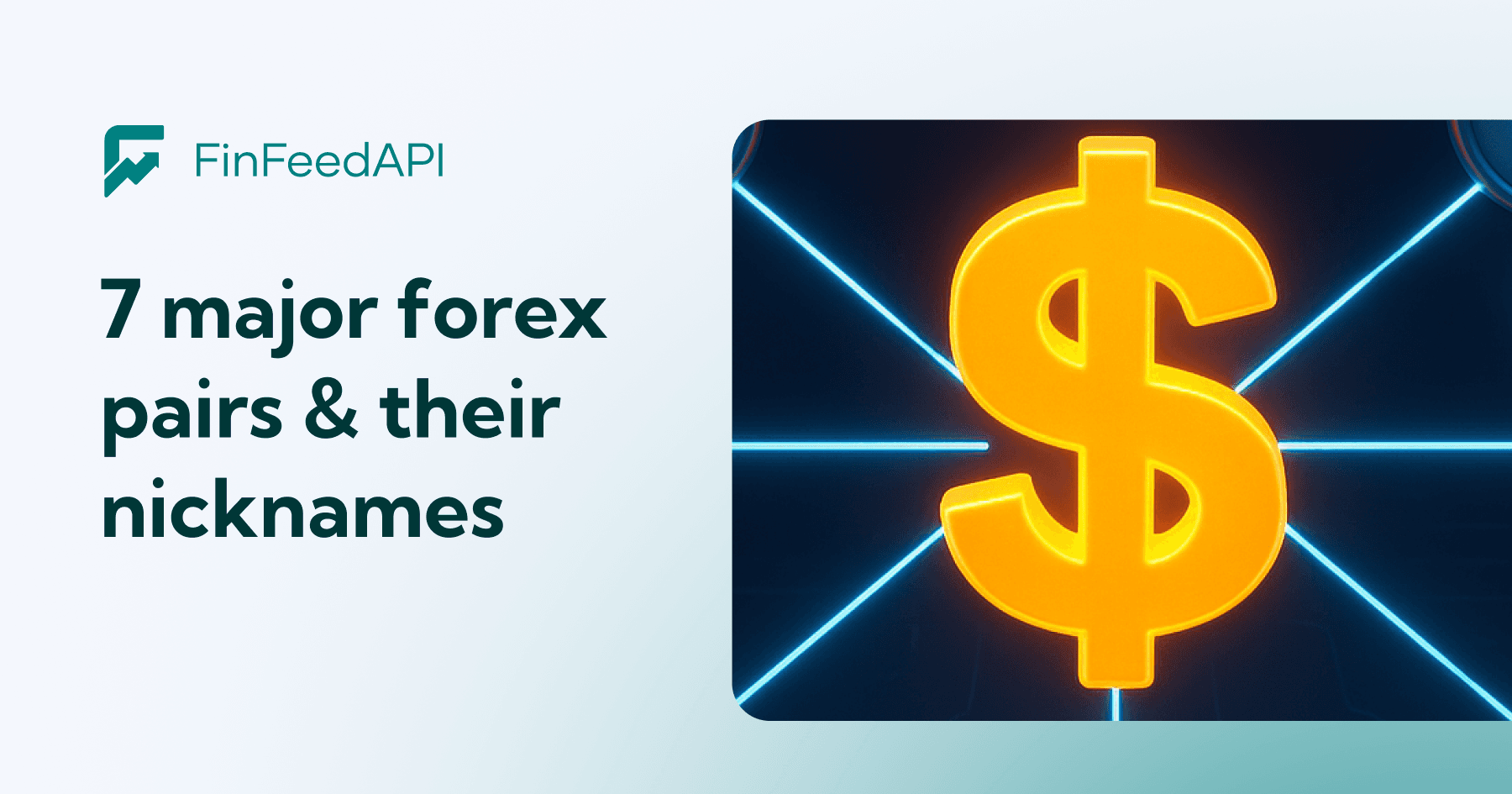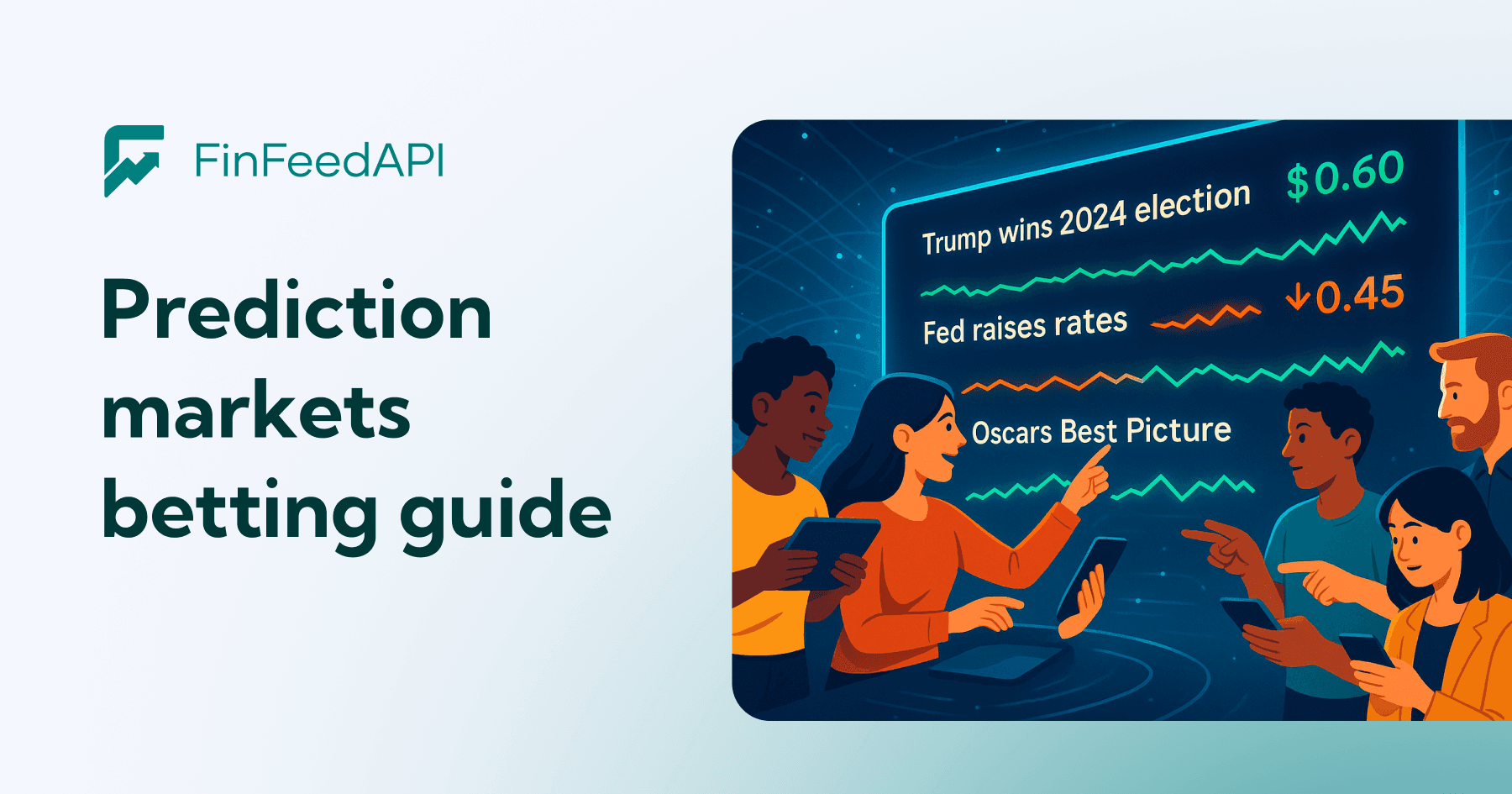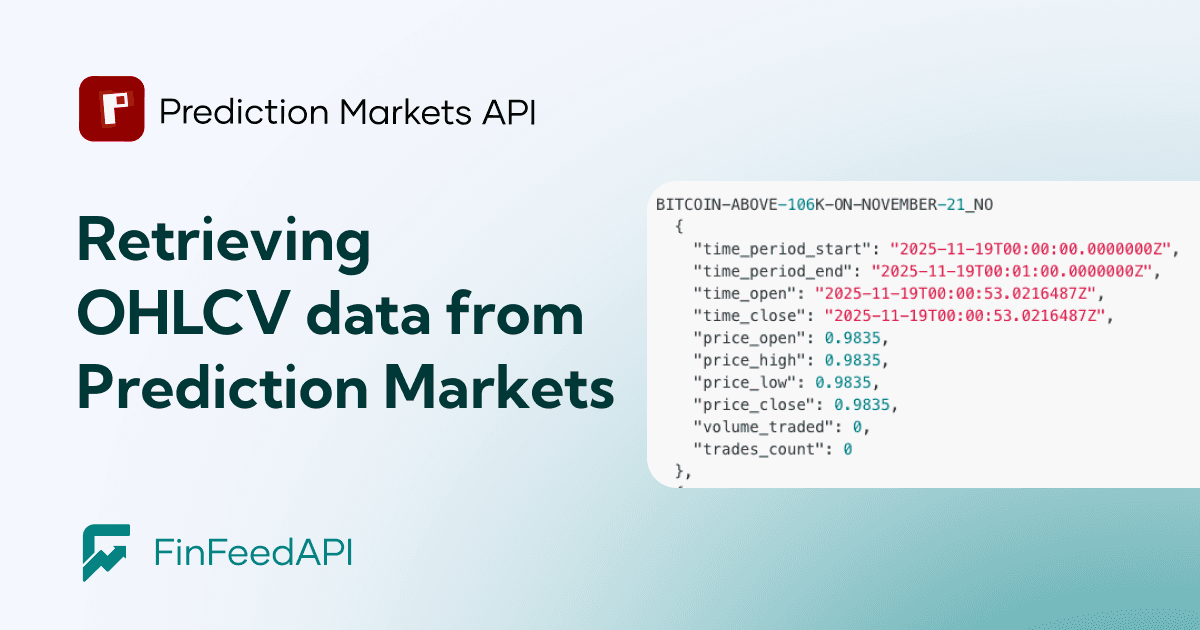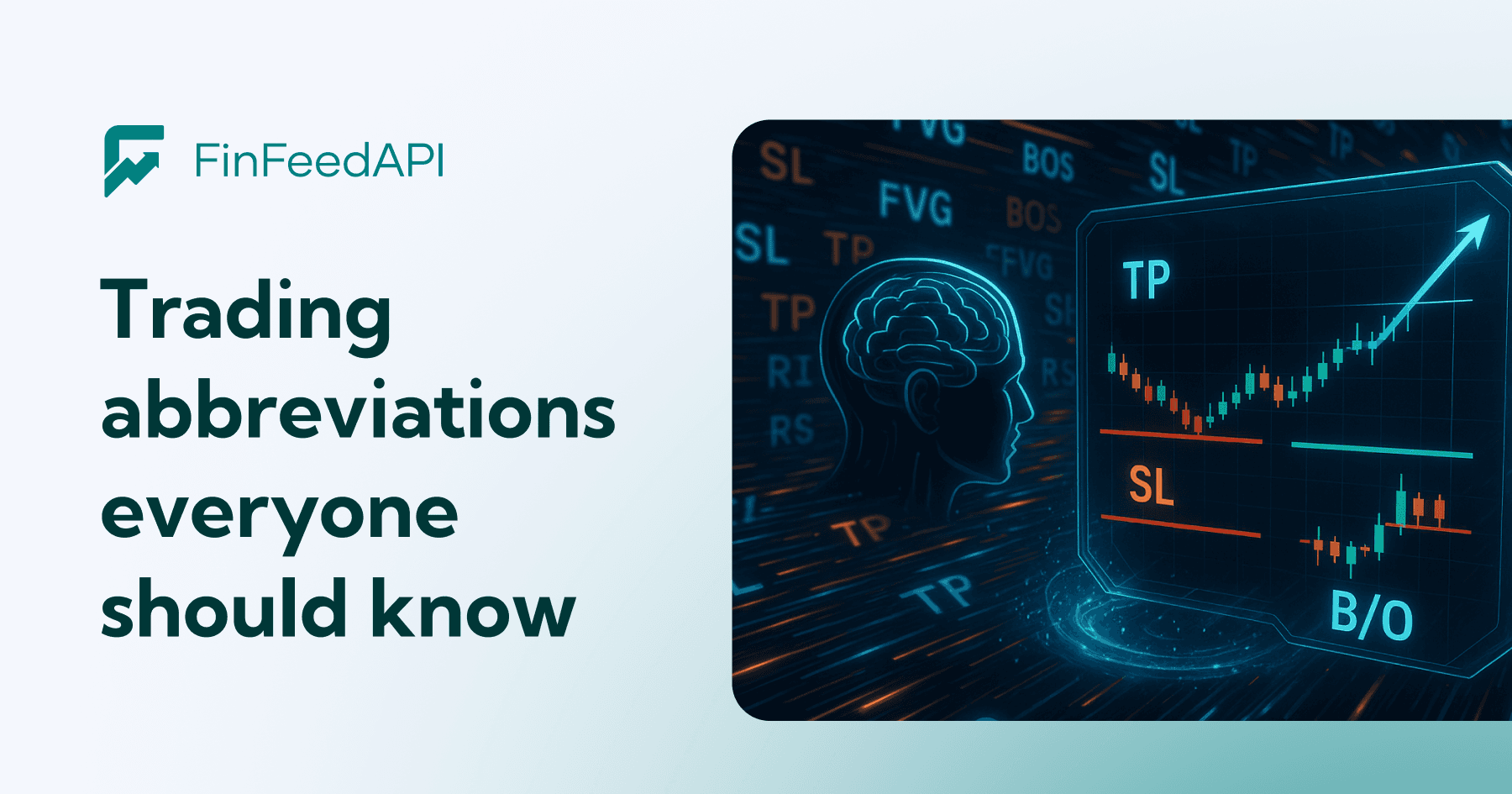Every great finance app starts with the same question: What markets do we support, and what symbols can our users actually trade or track?
It sounds simple, but without clean metadata, nothing works. Search breaks. Watchlists break. Charts break. Even the onboarding process becomes a guessing game.
That’s why the Stock API includes two foundational endpoints — /v1/exchanges and /v1/symbols/{exchange_id}. They form the “map” that every financial product needs before a single price, chart, or order book is ever loaded. This guide breaks down how they work and why they’re essential for developers building anything from a stock screener to a global investing app.
Discover the Markets Your App Can Access: /v1/exchanges
Before you fetch your first price, you need to know which exchanges the API covers. A simple GET request to /v1/exchanges returns a full directory of markets around the world — not just names, but rich metadata your app can actually use.
You’ll get details such as:
exchange_id: A unique identifier for the exchange within the API (e.g.,IEXG,XNAS). This ID is often used in subsequent API calls.mic: Market Identifier Code, a standard ISO 10383 code.operating_mic: The MIC of the exchange operating the market.market_name_institution_description: The full name of the exchange (e.g., "INVESTORS EXCHANGE", "NASDAQ - ALL MARKETS").legal_entity_name: The legal name of the exchange entity.acronym: A common acronym for the exchange (e.g.,IEX,NASDAQ).iso_country_code: The ISO country code where the exchange is located (e.g.,US).city: The city where the exchange is primarily based.website: The official website of the exchange.status: The operational status of the market data feed for this exchange (e.g.,ACTIVE).creation_date/last_update_date: Dates related to the exchange's record in the system.
This isn’t trivia. It’s the backbone your app uses to:
- Show users which markets they can explore
- Filter exchanges by region or country
- Build onboarding flows (“Select your market”)
- Keep your UI dynamic instead of hardcoded
When metadata updates, your app updates — automatically.
Find Every Tradable Symbol: /v1/symbols/{exchange_id}
Once you know the exchange, the next step is discovering what’s tradable.
A GET request to /v1/symbols/{exchange_id} gives you a complete instrument list for that market.
Each entry includes:
symbol_id: The ticker symbol or unique identifier for the security on that exchange (e.g.,TSLA,NVDA). This is the primary identifier you'll use for requesting price data, trades, etc.exchange_id: The identifier of the exchange this symbol belongs to.security_category: The type of security (e.g., "Common Stock").name: The full name of the company or security (e.g., "TESLA INC", "NVIDIA CORP").date: The date for which this symbol information is relevant or was last updated.
For developers, this endpoint becomes a global instrument lookup engine — always current, always consistent, and always aligned with the rest of the Stock API.
How Developers Can Use Metadata
Developers use metadata the way builders use blueprints — it tells you what exists, where it belongs, and how to work with it.
With the exchanges and symbols endpoints, you can pull a live list of what trades, on which market, and under which ticker.
That one stream of clean information fuels the features people expect in a modern finance app: a stock screener that only shows real tickers, a search bar that knows every symbol, a watchlist that doesn’t break when a company moves, and a global “browse the markets” view that updates itself without extra work.
No hardcoded tickers.
No homemade spreadsheets.
No weird errors when users type something unexpected.
When your app understands how the market is organized, everything you build on top of it becomes quicker, clearer, and steadier — and your users feel that right away.
Build a Stronger App by Starting With Metadata
When you use /v1/exchanges and /v1/symbols/{exchange_id} as your foundation, everything that comes after — OHLCV charts, real-time quotes, trade feeds, company fundamentals — becomes smoother, faster, and much easier to maintain.
Your app gets:
- fewer API errors
- cleaner search results
- faster navigation
- dynamic updates without code changes
- a better experience for every user
This is how professional trading apps, robo-advisors, and analytics platforms structure their data pipelines — and why metadata is always step one.
Want to Bring Metadata Into Your App?
FinFeedAPI gives you everything you need to build a modern market-data experience — clean metadata, real-time quotes, historical OHLCV, SEC filings, FX data, and more.
If you want to turn this into charts, screeners, watchlists, or AI-powered research tools, you’re in the right place.
👉 Get your API key on FinFeedAPI and start building today.
Our metadata endpoints are free to test — no friction, no credit card.
If you need help architecting an integration or want a demo, our team is here to support you.




